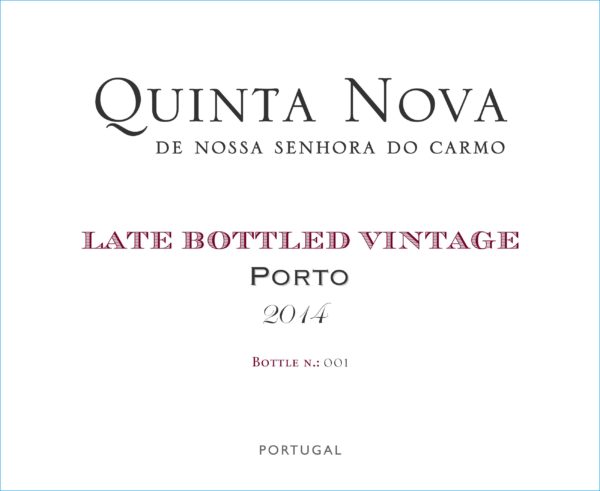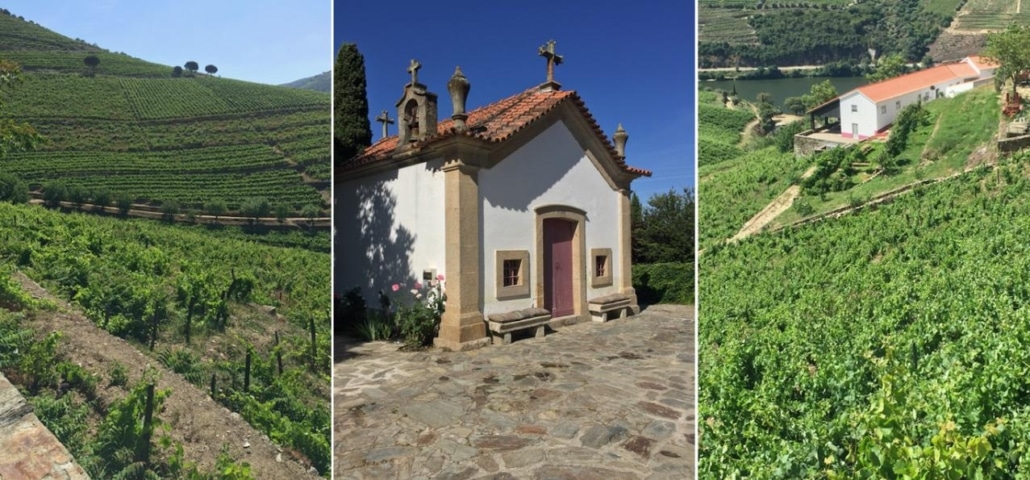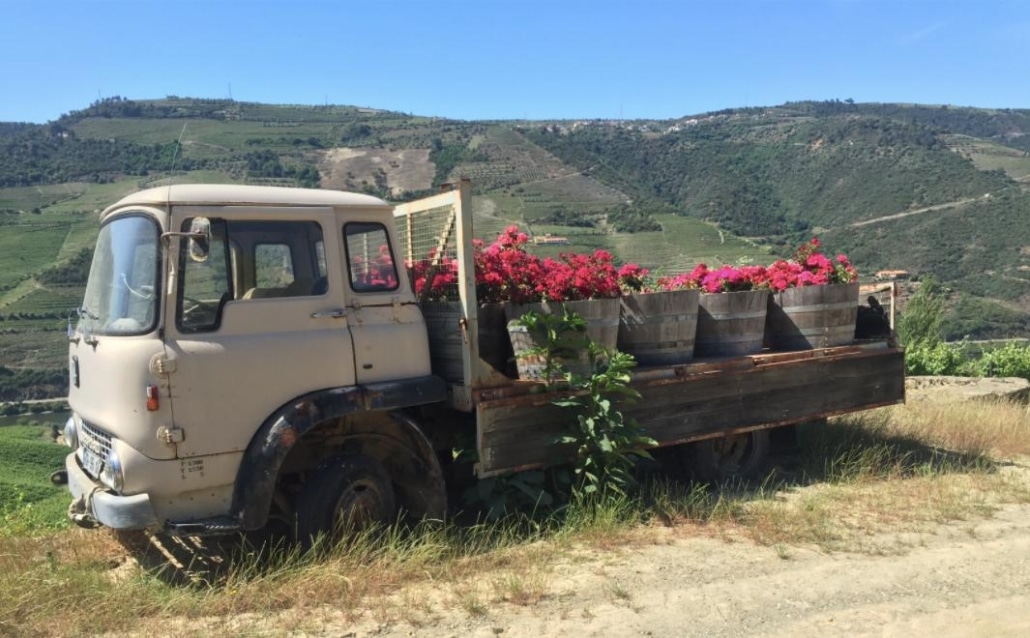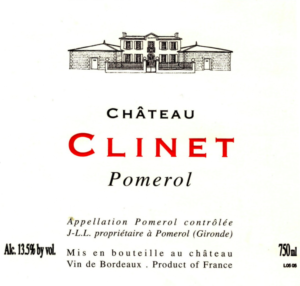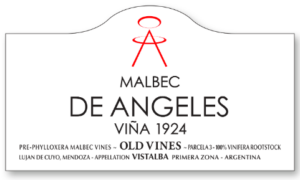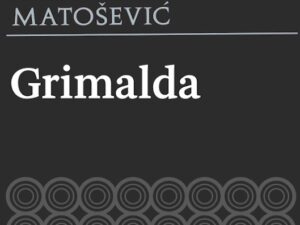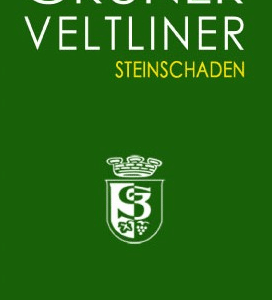ABOUT THE PRODUCER: Quinta Nova de Nossa Senhora do Carmo
Though the Amorim family have been leading producers of cork since the 1870s, it wasn’t until 1999 that they decided to invest in a winery. They purchased Quinta Nova, with its beautiful vineyards situated on the northern shore of the Douro River in one of the most prestigious sub-regions, Cima Corgo – close to Pinhao. The entire estate covers 120 hectares, with 85ha of vines. The vineyards spread over 42 parcels, planted with Touriga Franca (24%), Touriga Nacional (20%), Tinta Roriz (17%), Tinta Barroca (11%), Tinto Cão (6%), Tinta Amarela (4%), Souzão (3%), Tinta Francisca (3%) and, for the remaining 12%, a field blend of centuries-old vines in stone-walled terraces. All are hand-harvested, usually over a period of four weeks, by a team of 40 people. The domaine also produces a little olive oil.
The terroir of Quinta Nova consists of greywachian schist on flat terraces (“patamares”, built around 1910) rising up on steep, slopes from the river; some parts of the vineyard are steeper than 45 degrees. The vineyards are planted facing south and west, exposing them to hot, dry winds. The vines vary in density from 3500 plants/ ha up to 6000 for the top wines. The low humidity of the area produces highly concentrated grapes. Summers are hot and winters are cold and wet. For the whites, the winery buys grapes from 11 to 12 suppliers.
Luisa Amorim, the youngest member of the fourth generation, is the heart and soul of Quinta Nova, bringing unsurpassed passion to the project. Though the winery dates back to 1764, it produces today wines that combine great tradition and modern technology. Luisa traveled to the world’s greatest vineyards to learn new techniques. Her standards of quality are very high, both in the vineyard and in the winery. With its incredible terroir and indigenous grape varieties, these are great wines which speak of a unique place. Total production is around 300,000 bottles, with the capacity to expend.
Note: The wines are vegan. The whites are fined with bentonite, the reds are unfined.
The Chapel of Nossa Senhora do Carmo (Our Lady of Mount Carmel) was built on the estate in 1765 to protect the men who sailed in rabelo boats – a traditional Portuguese wooden cargo boat – along a particularly treacherous zone of the Douro river.

